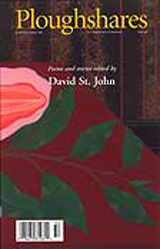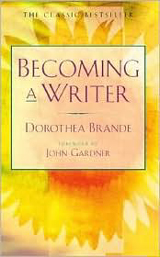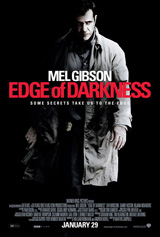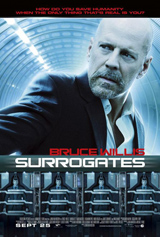Although it might not always seem like it, punctuation is your friend. Commas especially help clarify your writing and are sometimes used simply to prevent confusion.
For example, if the same word appears twice in a row in a sentence, you may use a comma for ease of reading:
At Jeff’s stepbrother’s nuptials this weekend, the wedding party marched in, in twos.
One exception is that—you usually don’t need to use a comma between two thats:
The beautiful fall weather held through the weekend; we hoped that that would be the case.
Sometimes a comma can be used like an ellipsis, standing in for words that the writer has omitted:
The bride wore white; her mother, blue; her mother-in-law, pink.
A comma isn’t always necessary in these elliptical constructions, however. If the meaning is clear without a comma, don’t use one:
Both the bride and groom are employed by Hormel; she works as a supervisor; he as an electrician.
Finally, commas can be used so that readers don’t group words in ways you didn’t intend, although a better bet might be to just rewrite the sentence:
Grandparents who were able, attended the outdoor ceremony.
Do you have a question about the comma? Let me know, and I’ll include it in a future installment of Mots Justes’ ongoing series.
The Mots Justes Series on Commas
Part I—To Serialize or Not to Serialize
Part X—Adjectival Phrases and Appositives
Part XII—Making the Transition
Resources
Chicago Manual of Style, The. 15th ed. Chicago: The University of Chicago Press, 2003.
Hacker, Diana, The Bedford Handbook for Writers, 3rd ed. Boston: St. Martin’s Press: 1991.







